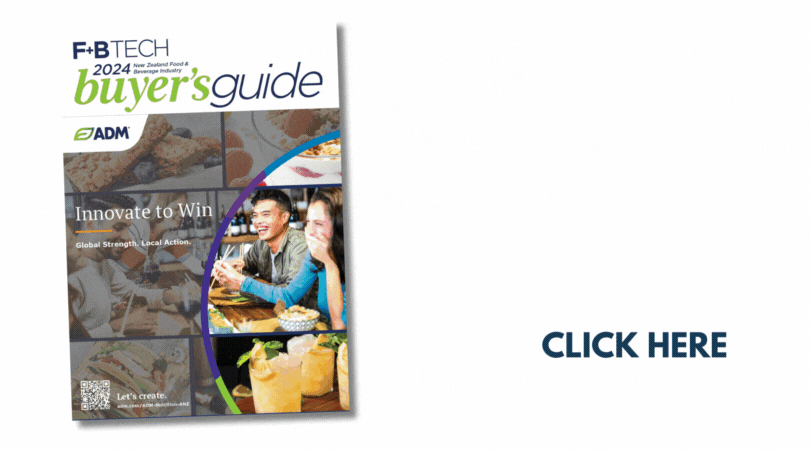According to Plastics Recyclers Europe, just 42 percent of plastic packaging waste is recycled in Europe. In New Zealand those numbers are worse, Plastic NZ claims that each New Zealander consumes approximately 31kg of plastic packaging every year, but only recycles 5.58 kgs.
Current sorting systems, coupled with consumer confusion over what is recyclable or not, act as barriers to achieving a circular economy in packaging. In an effort to change this, the European Brands Association (AIM), a lobby group representing brand manufacturers across the bloc, is facilitating a pilot project centred around digital watermark technology.
Digital watermarks are the size of a postage stamp, cover the surface of consumer goods packaging, and can carry a wide range of information about a product. This information could include the manufacturer, type of plastic used and composition for multilayer objects, and whether the product falls under the food or non-food category.
More than 88 companies have partnered with the AIM initiative including, PepsiCo, Nestlé, Tetra Pak, and Unilever. The partnership hopes that when packaging carrying a digital watermark enters a waste sorting facility, it can be detected and decoded by a high-resolution camera on the sorting line. The line would then sort the packaging into streams according to its attributes.






